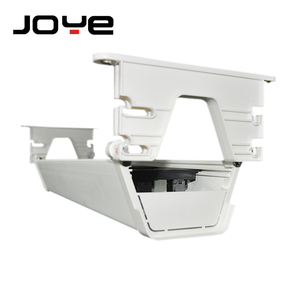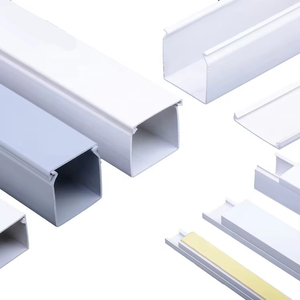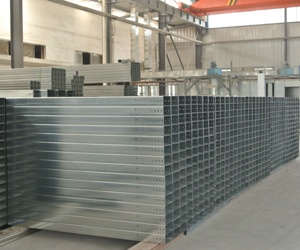Introduction to Types of Trunking
Trunking serves as an essential component in modern electrical installations, providing a secure and organized method for managing electrical cables and wires. By offering a combination of protection, accessibility, and aesthetic appeal, trunking ensures that electrical systems operate smoothly and safely. In this guide, we will delve into the various types of trunking available, their unique applications, features, and advantages.
Different Types of Trunking
Trunking comes in multiple forms, each tailored for specific applications and environments. Here are the main types of trunking you can explore:
- Metal Trunking:
- Constructed from materials like steel or aluminum, providing durability and resilience.
- Ideal for industrial settings due to its high strength and capacity to withstand harsh conditions.
- Plastic Trunking:
- Lightweight and easy to install, making it a popular choice for office environments.
- Available in a range of colors to blend in with interior designs.
- Flexible Trunking:
- Made from flexible materials, allowing for bends and twists in confined spaces.
- Great for complex wiring setups where traditional rigid trunking may not suffice.
- Surface-Mounted Trunking:
- Designed to be installed on walls or ceilings, providing convenient access to cables.
- Popular for retrofits or where floor space is minimal.
- Underfloor Trunking:
- Allows for cable management beneath the floor, keeping wires hidden and organized.
- Preferred in environments where aesthetics are a priority, such as corporate offices.
Applications of Different Types of Trunking
Understanding the applications of trunking types can help you choose the right one for your project. Here are some common usage scenarios:
- Industrial Environments:
- Metal trunking is typically utilized in factories where equipment generates heat and requires robust casing.
- Flexible trunking is also a choice in machinery areas where movement is high.
- Commercial Spaces:
- Plastic trunking is widely used in offices for cable management, ensuring safety and organizing workspaces.
- Surface-mounted trunking is ideal for easy accessibility in situations needing flexibility.
- Residential Projects:
- Modern homes may utilize underfloor trunking to enhance interior designs, providing a clean look.
- Wall-mounted trunking solves accessibility issues while integrating seamlessly with home décor.
Features and Advantages of Using Trunking
Trunking systems come equipped with various features that contribute to their versatility and utility. The following outlines some key advantages:
- Protection:
- Trunking shields cables from physical damage, moisture, and dust, prolonging their lifespan.
- Reduces the risk of fire hazards by containing electrical components safely.
- Organizational Benefits:
- Keeps cables tidy and organized, minimizing clutter in workspaces.
- Facilitates easier cable identification and access for maintenance and upgrades.
- Ease of Installation:
- Most trunking types come with straightforward installation instructions, allowing for quick setup.
- Flexible designs cater to various installation environments, reducing compatibility issues.
- Aesthetics:
- Available in various colors and designs, enhancing the overall aesthetic of residential or commercial spaces.
- Offers a professional finish to electrical installations, improving visual appeal.
































































































































































































































